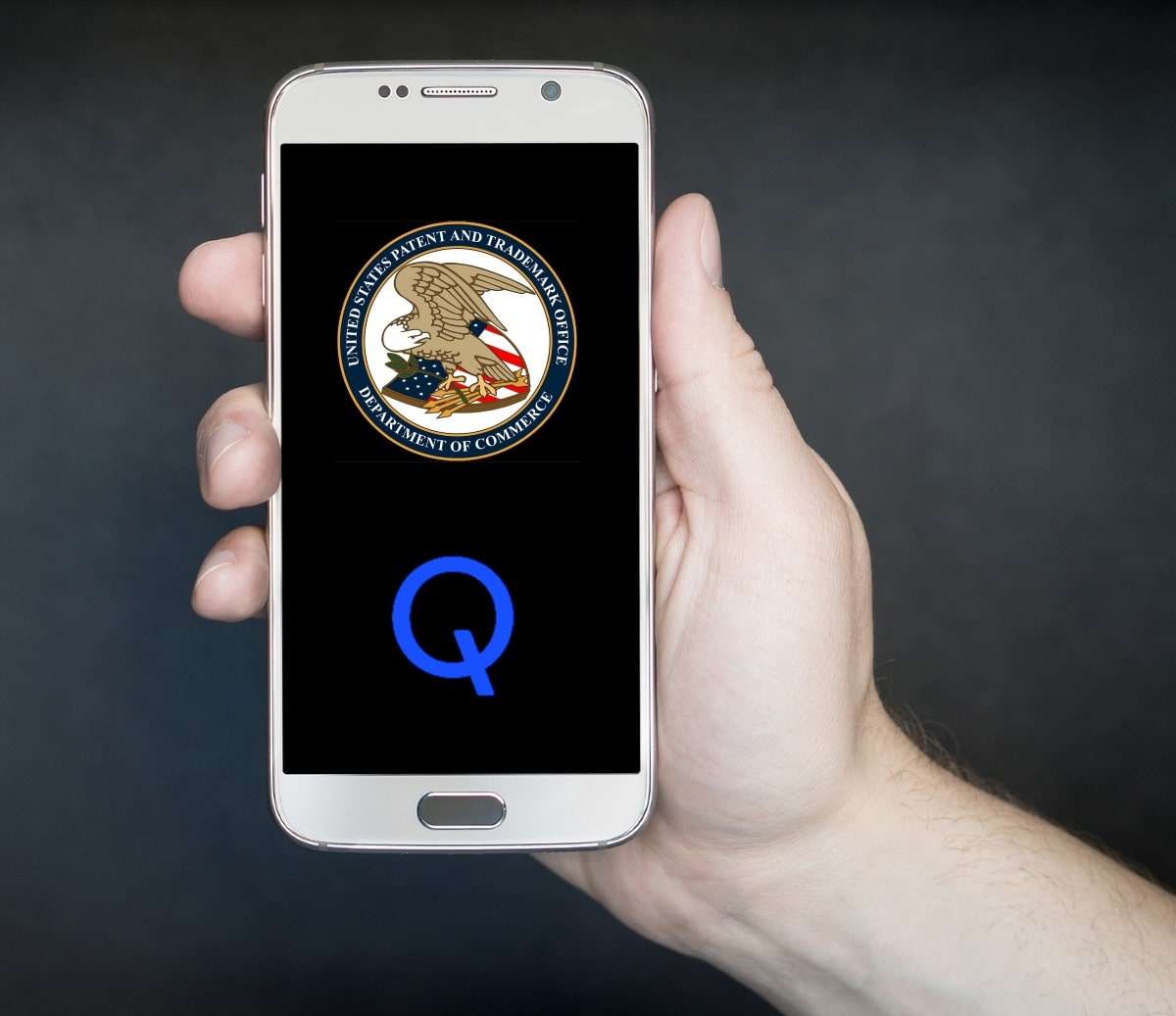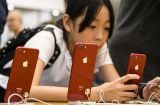As Apple Jilts Imagination, MIPS Goes on Block
Imagination Technologies Group disclosed Thursday (May 4) that it has started a "dispute resolution procedure" with Apple, as their negotiations have stalled. With the potential loss of Apple -- which accounts for about half of the U.K.-based company’s revenue -- looming large, Imagination is fighting for its survival.
Not coincidentally, the company revealed plans to sell two businesses. Going on the block are MIPS, whose CPU business is focused on embedded processor market, and Ensigma, which offers IP licensing for connectivity in mobile computing.
These moves mark the end of Imagination’s ambitious dream to compete with its rival ARM as an IP licensing powerhouse with GPU, CPU and connectivity technologies.
Imagination today says it now hopes to “concentrate its resources on PowerVR and strengthen Imagination’s balance sheet.”
Despite Imagination’s stated plan to sell off MIPS and Ensigma to save its PowerVR business, many industry observers believe Imagination might eventually go up for sale.
Kevin Krewell, principal analyst at Tirias Research, told EE Times, “I expect that after the issues with Apple are resolved, Imagination itself will be sold. The results of the Apple resolution will determine Imagination's value at that time.”
Disputes with Apple
Imagination said last month that Apple had notified the firm it was developing its own graphics chips, Apple would no longer use Imagination's processing designs in 15 months to two years’ time.
Imagination’s discussions with Apple thus far apparently yielded very little progress. In a statement issued Thursday, the company said, “Imagination has been unable to make satisfactory progress with Apple to date regarding alternative commercial arrangements for the current licence and royalty agreement.” Imagination “has therefore commenced the dispute resolution procedure under the licence agreement with a view to reaching an agreement through a more structured process,” the company added.
Asked what such “a more structured process” entails, an Imagination spokeswoman declined to elaborate.
In April, Imagination expressed doubts that Apple could go it alone without violating Imagination’s patents. Although industry analysts foresaw possible legal action against Apple, sources tell EE Times that Imagination isn’t currently planning any lawsuits.
It’s widely understood that Imagination would face major challenges proving that Apple is infringing Imagination’s graphics engine IP. This is largely because Apple’s own new graphics chips -- which Apple claimed do not use Imagination’s processing designs -- won’t reach the market for more than a year. While Apple has every incentive to stall negotiations, it’s hard to imagine how Imagination could possibly make any breakthrough in discussions with Apple.
Who will buy MIPS?
Over the past month, Imagination’s board reviewed its business composition and decided dump MIPS and Ensigma. Industry debate now shifts inevitably to who might eventually acquire MIPS.
Krewell told us, “MIPS is still a classic CPU design with scalability and an established software ecosystem.” Krewell expects that a design house (such as Cadence, Mentor or Synopsys) will look at it.
He added, “It's also possible that a leading customer like Microchip would consider buying out its license. MIPS has also been used by a number of Chinese vendors and it could be bought by a Chinese entity.” In Krewell’s opinion, there's “still an opportunity for MIPS in the market, even though it's a diminished one.”
Imagination's First Half, FY2017 Results
However, Jim McGregor, principal analyst at Tirias Research, reminded that in the course of MIPS acquisition, the ownership of MIPS IP moved to a consortium which includes ARM.
Indeed, in November, 2012, ARM announced that it is a leading member of Bridge Crossing LLC, "a consortium of major technology companies affiliated with Allied Security Trust, which has entered into an agreement with MIPS to obtain rights to its patent portfolio." At that time, ARM noted that the MIPS patent portfolio includes 580 patents and patent applications covering microprocessor design, system-on-chip design and other related technology fields. "The consortium will pay $350 million in cash to acquire rights to the portfolio, of which ARM will contribute $167.5 million."
McGregor said, "So, MIPS doesn't even own most of its IP. As a result, I don't see much value here, especially as many customers have moved to ARM."
MIPS, Ensigma businesses
Discussing the company’s half-year financial results (which ended in December 2016), Imagination explained that MIPS profitability improved. Its royalties also grew 11 percent compared to that of a year ago, based on its volume growth. Licenses, however, remained flat.
The company said, “MIPS has been refocused on the embedded processor markets, where the group is strong.”
MIPS’ design wins have been mainly in networking, routers and DTV/STB, according to the company. “Good progress is also being made in mobile LTE modems, as the Group targets its differentiated technology to customers’ needs.”
Imagination at that time also highlighted “Mobileye’s selection of MIPS I6500 for its latest EyeQ5 product [expected to reach the market in 2018], and Denso’s announcement to collaborate on joint research on hardware multi-threading for next-generation in-vehicle electronic systems.”
Meanwhile, Ensigma is now focused on IP licensing for connectivity covering “the complete end-to-end WiFi and Bluetooth solutions.” Imagination acknowledged that Ensigma has been loss-making, but saw “strong licensing revenues” -- up 2.1 million pounds -- in the first half of FY2017, “by covering R&D costs for the first time.”
Imagination's disclosure last month on the potential loss of Apple as its key customer immediately sent the company's shares down 70 percent and the stock has not recovered since.
在线留言询价

Apple Reveals Qualcomm Patent Fees

Apple Testifies in Q’com Patent Case
- 一周热料
- 紧缺物料秒杀
| 型号 | 品牌 | 询价 |
|---|---|---|
| CDZVT2R20B | ROHM Semiconductor | |
| BD71847AMWV-E2 | ROHM Semiconductor | |
| TL431ACLPR | Texas Instruments | |
| MC33074DR2G | onsemi | |
| RB751G-40T2R | ROHM Semiconductor |
| 型号 | 品牌 | 抢购 |
|---|---|---|
| TPS63050YFFR | Texas Instruments | |
| STM32F429IGT6 | STMicroelectronics | |
| BU33JA2MNVX-CTL | ROHM Semiconductor | |
| BP3621 | ROHM Semiconductor | |
| IPZ40N04S5L4R8ATMA1 | Infineon Technologies | |
| ESR03EZPJ151 | ROHM Semiconductor |
- 周排行榜
- 月排行榜
AMEYA360公众号二维码
识别二维码,即可关注

























